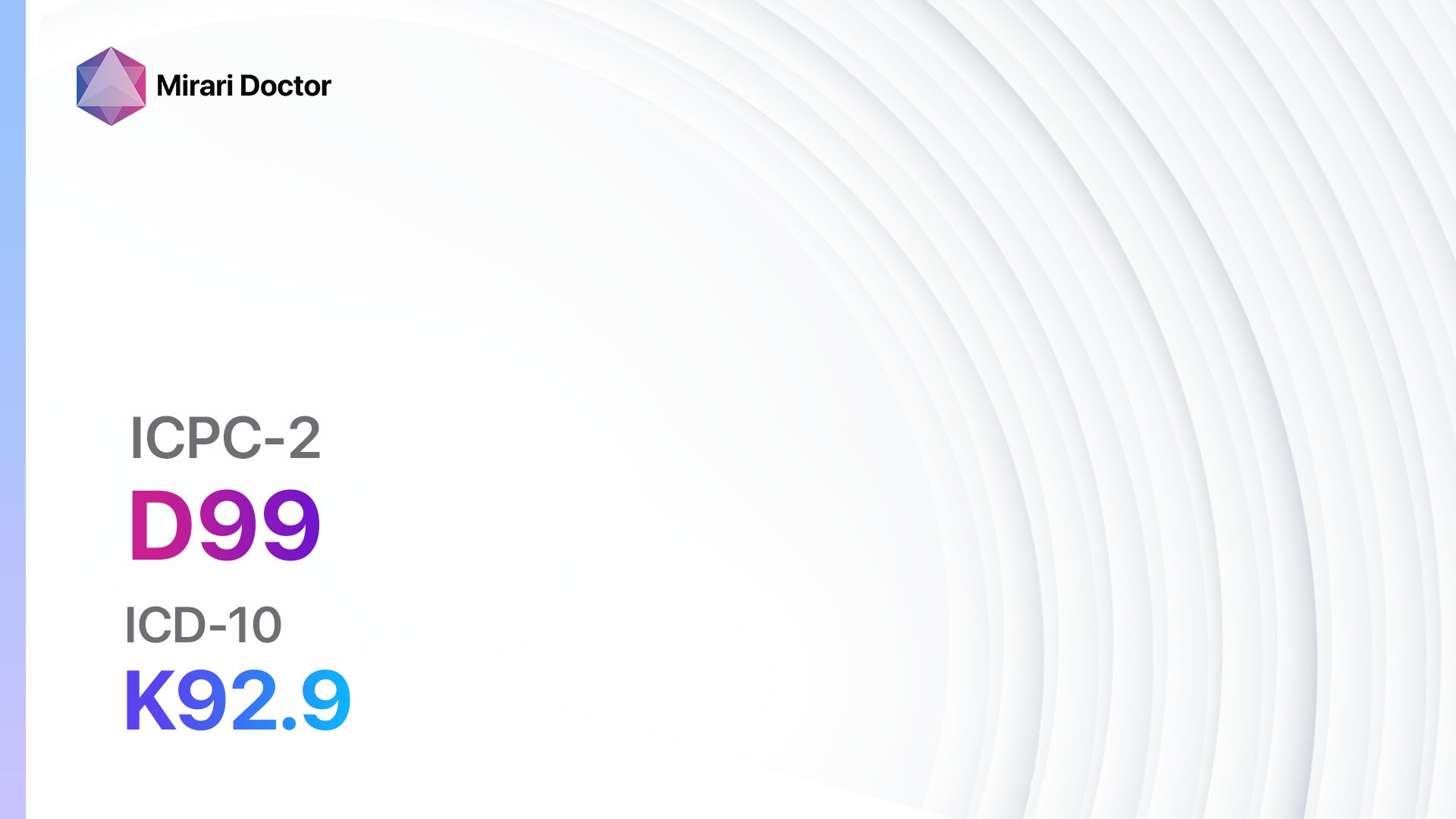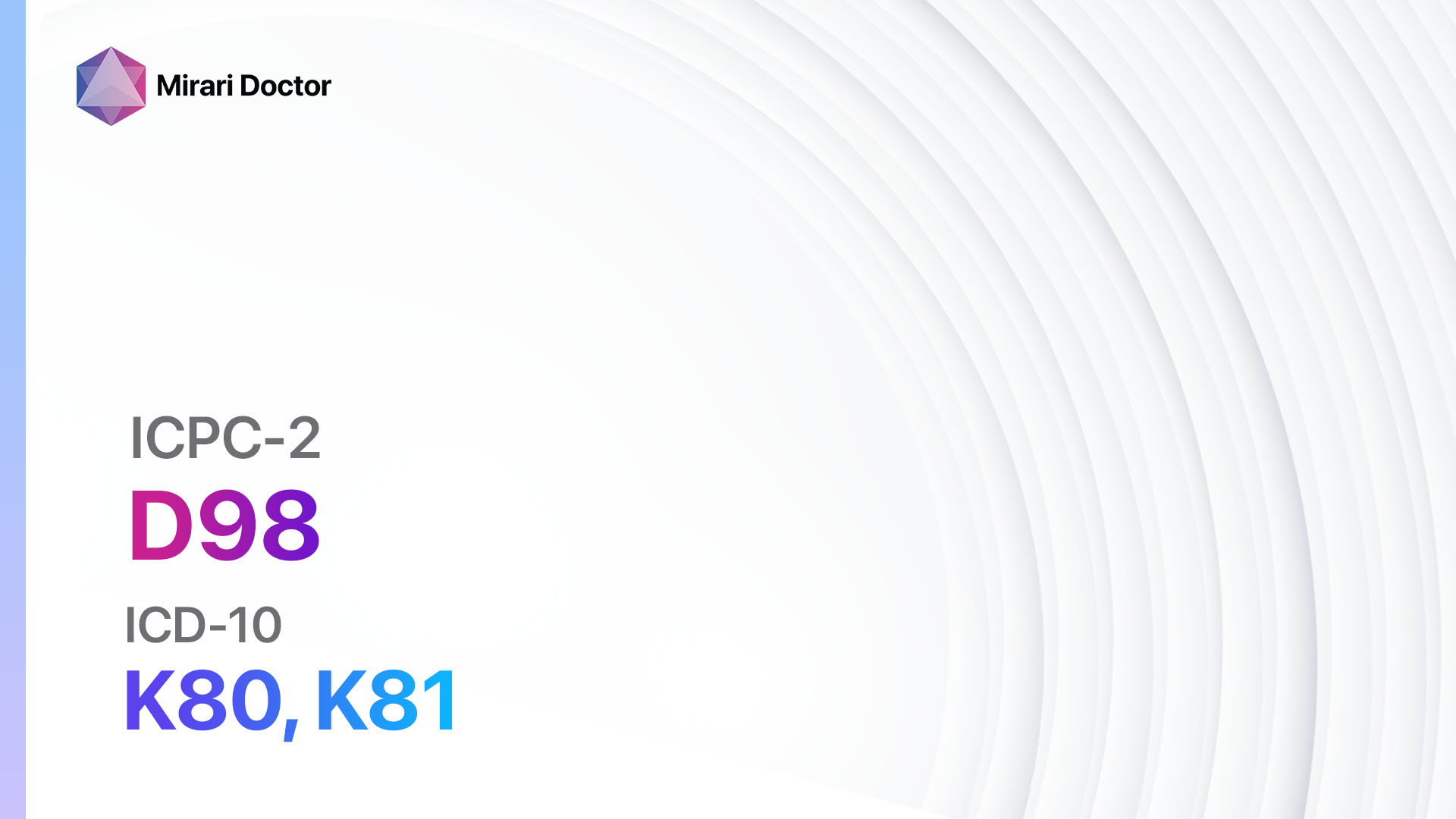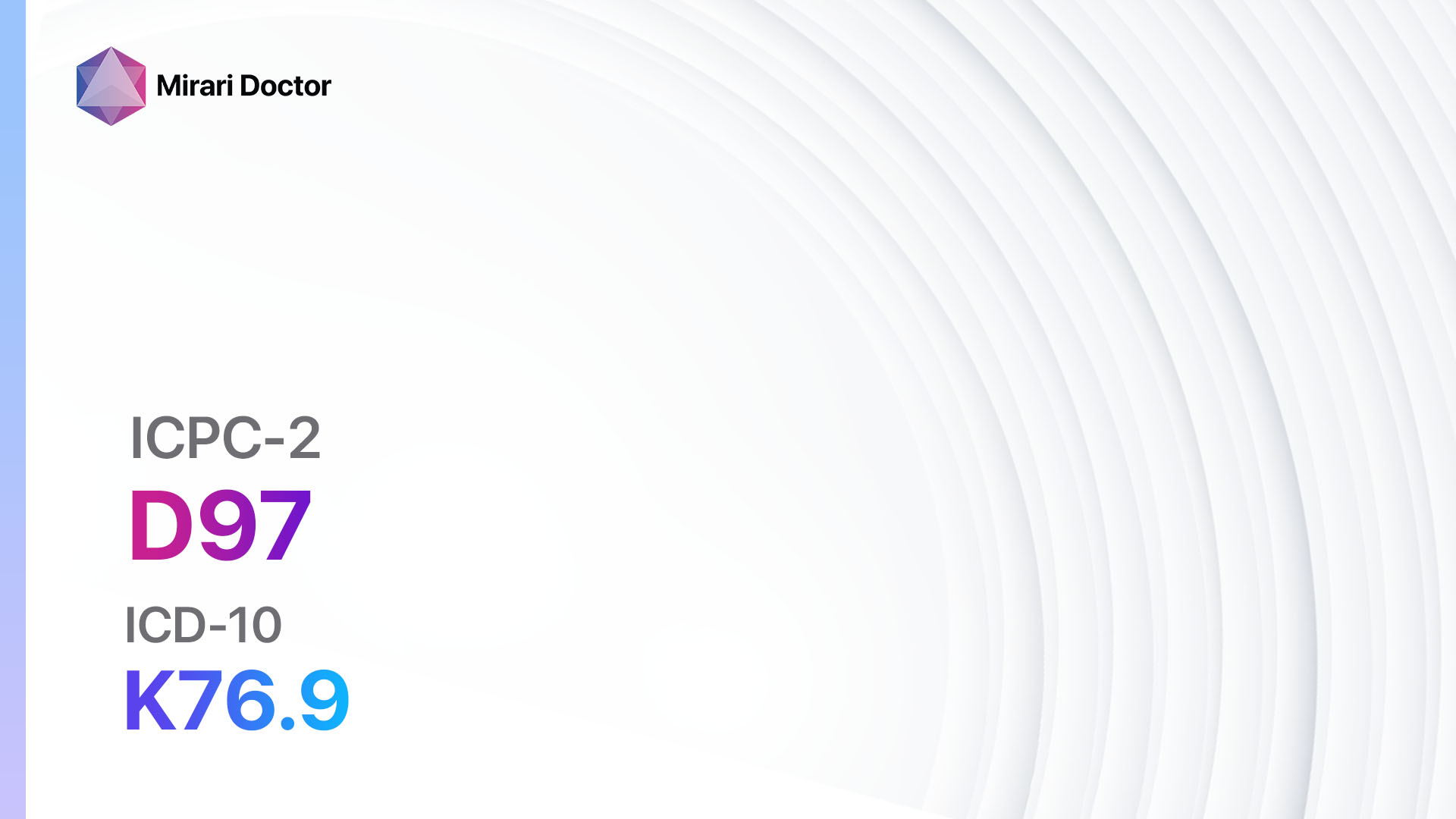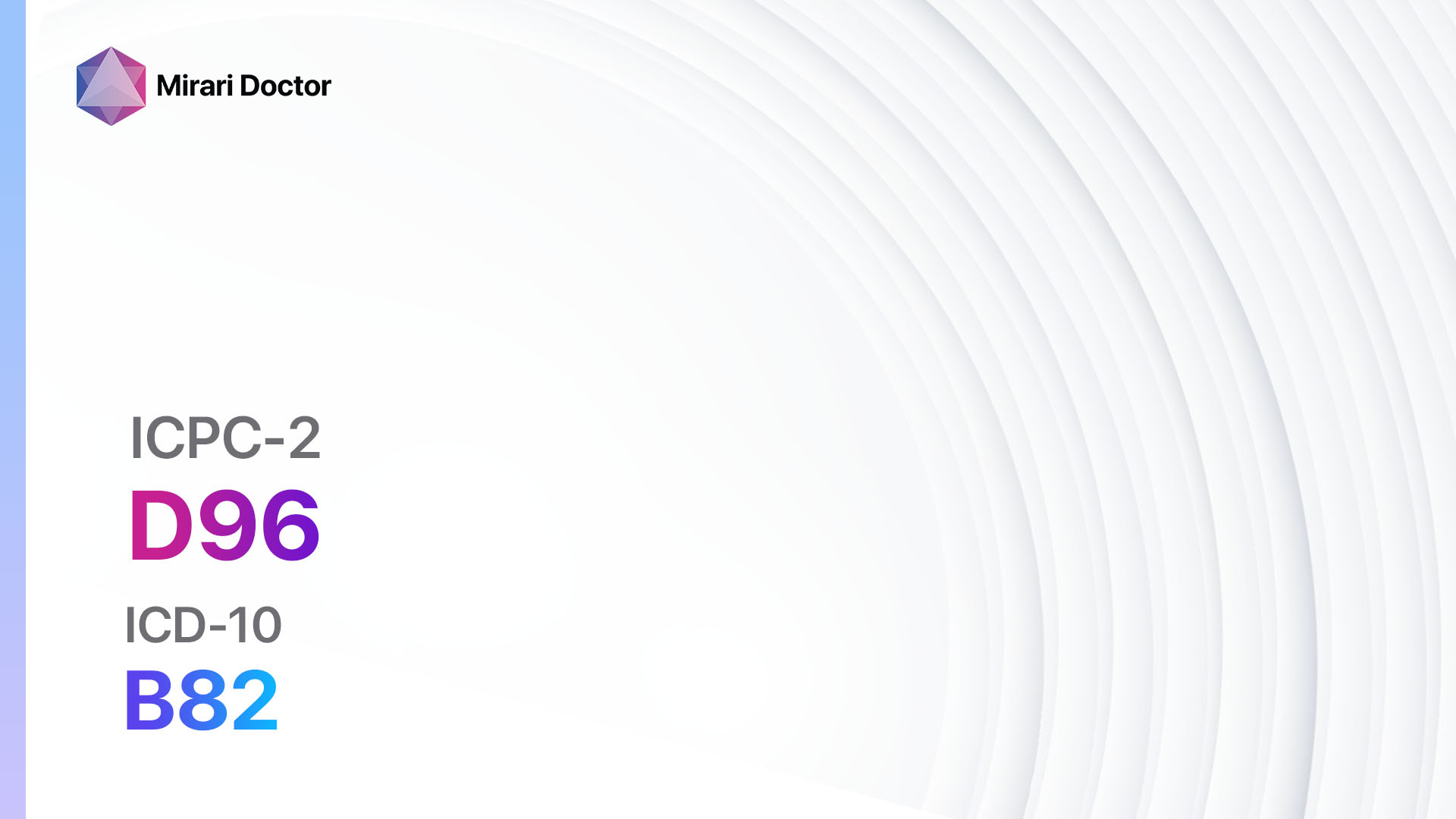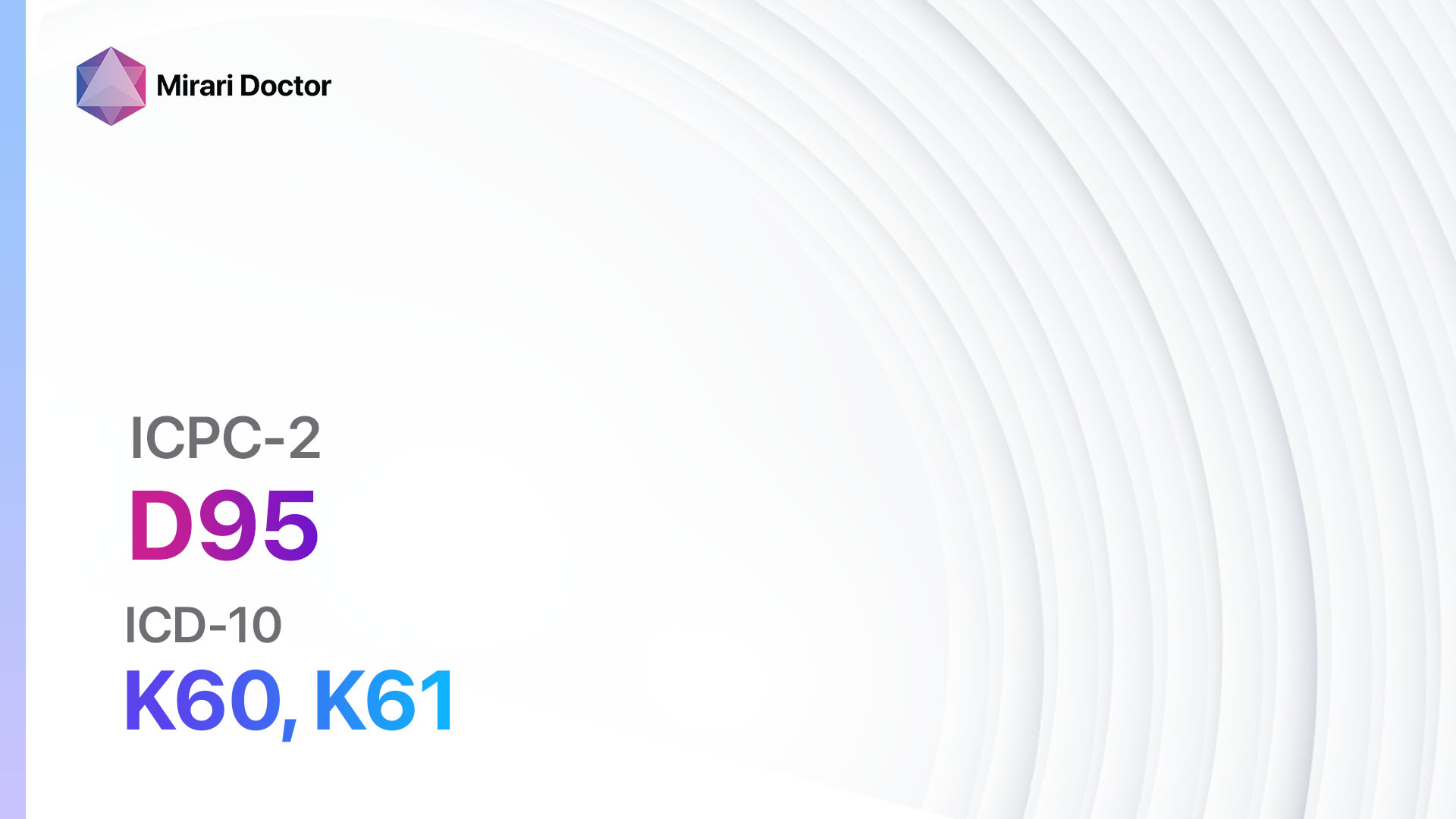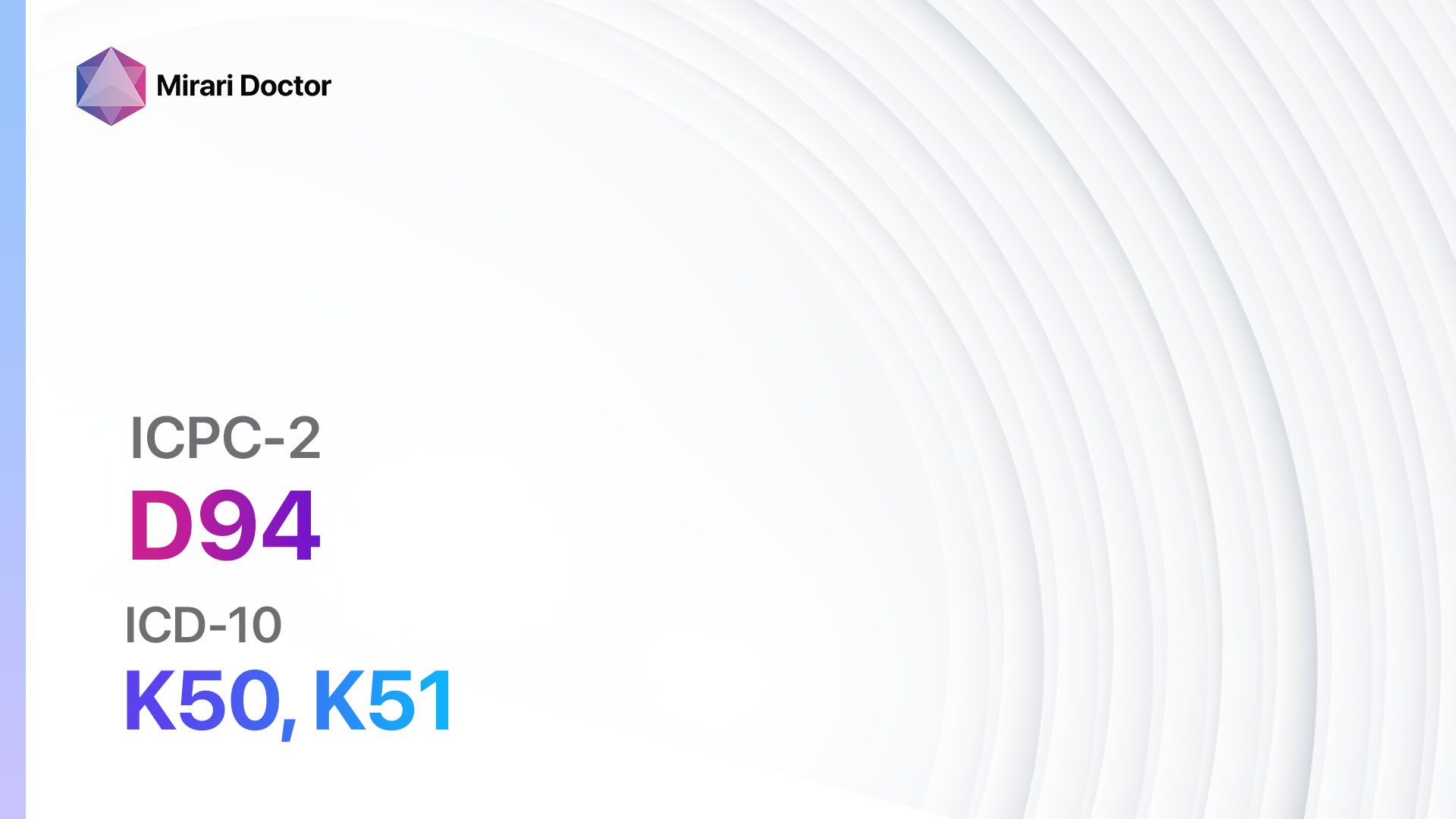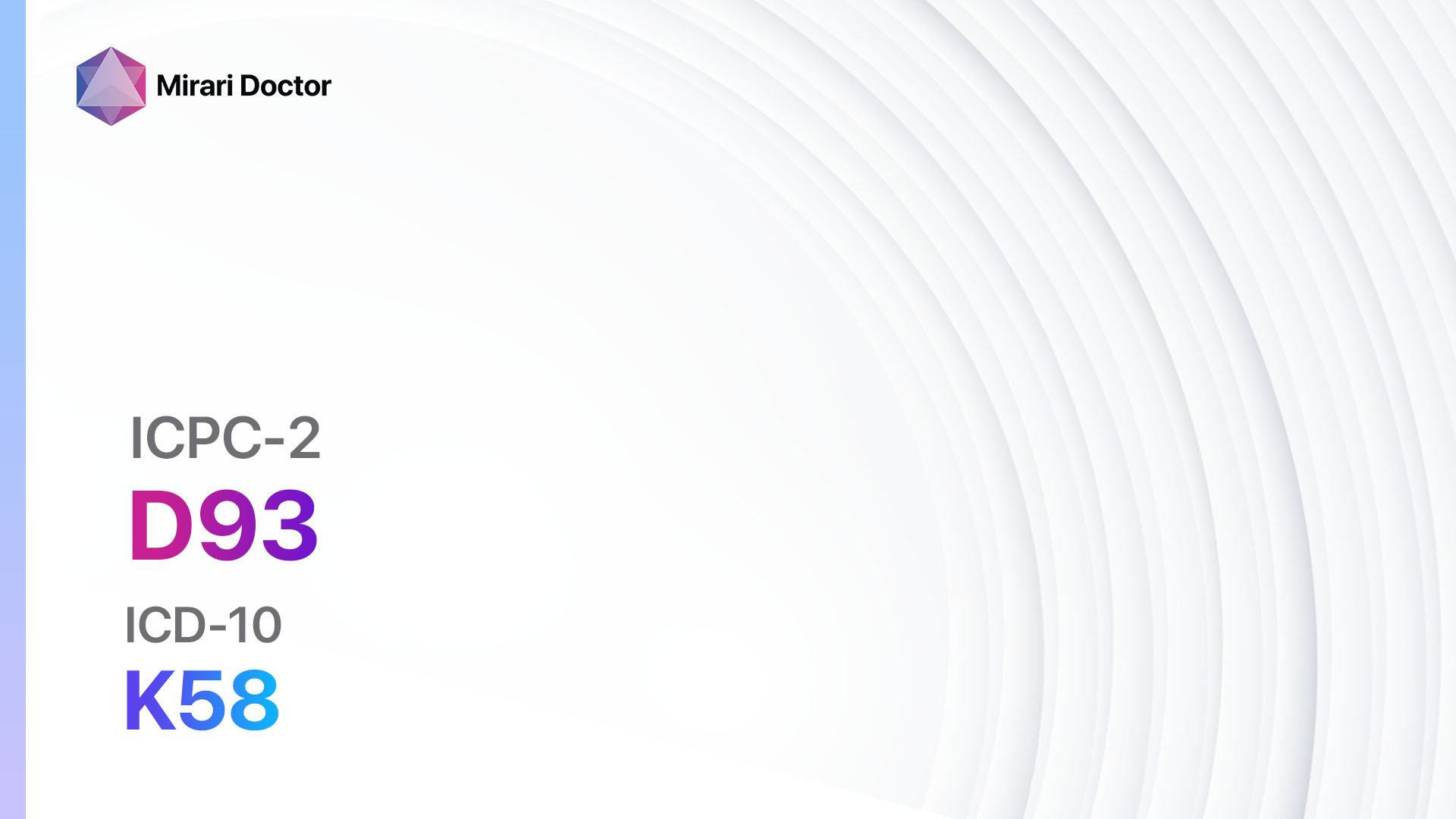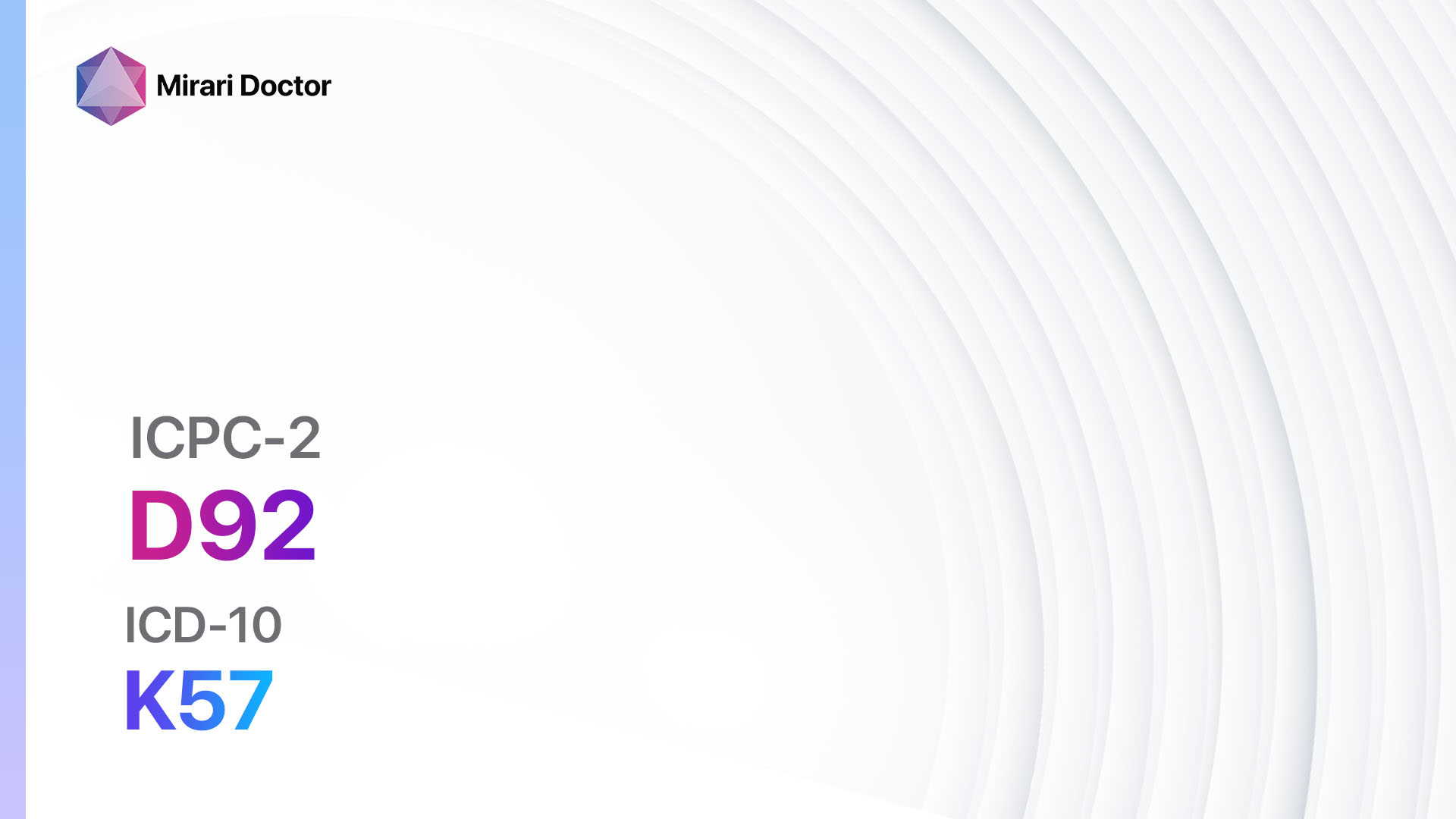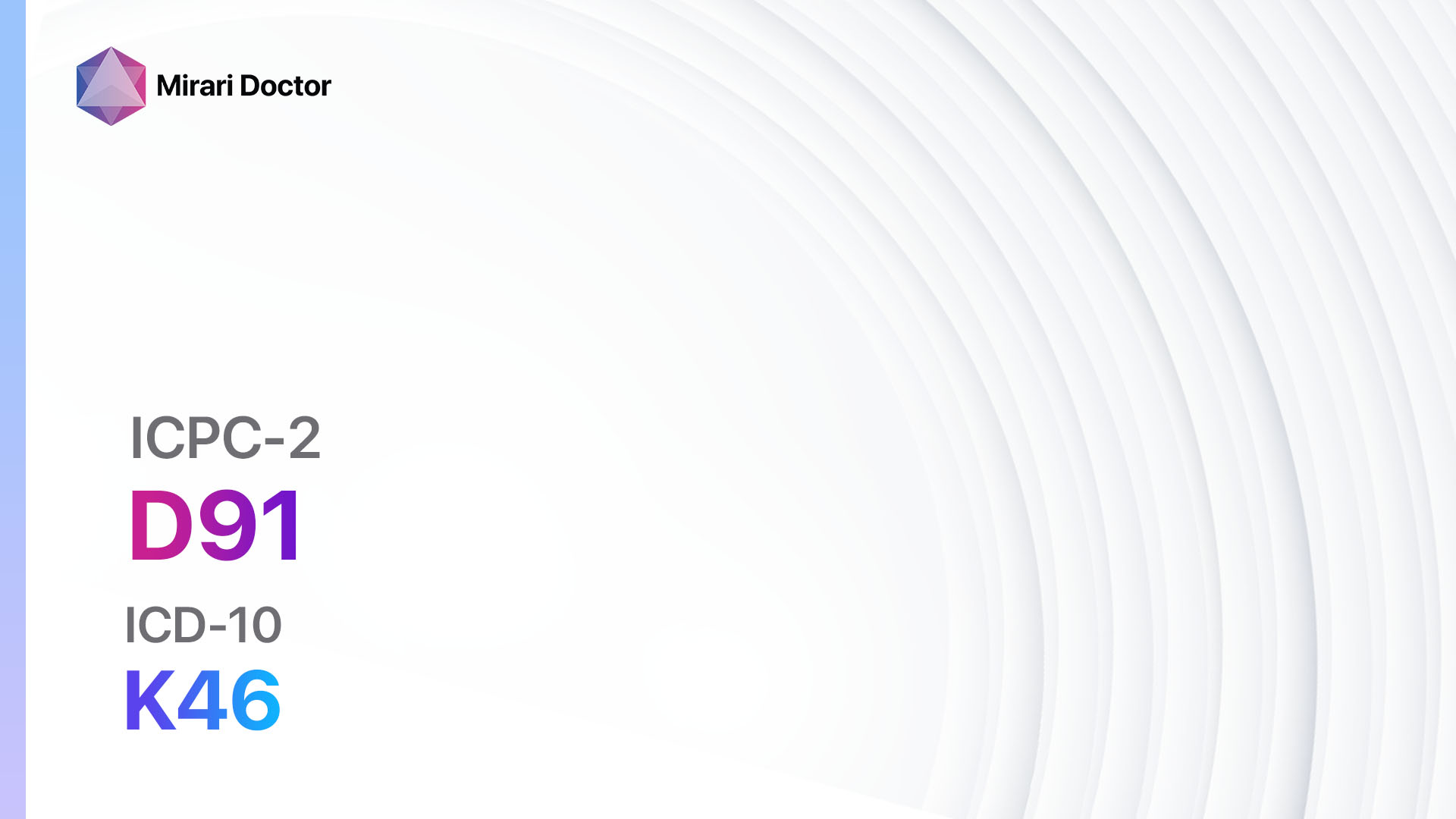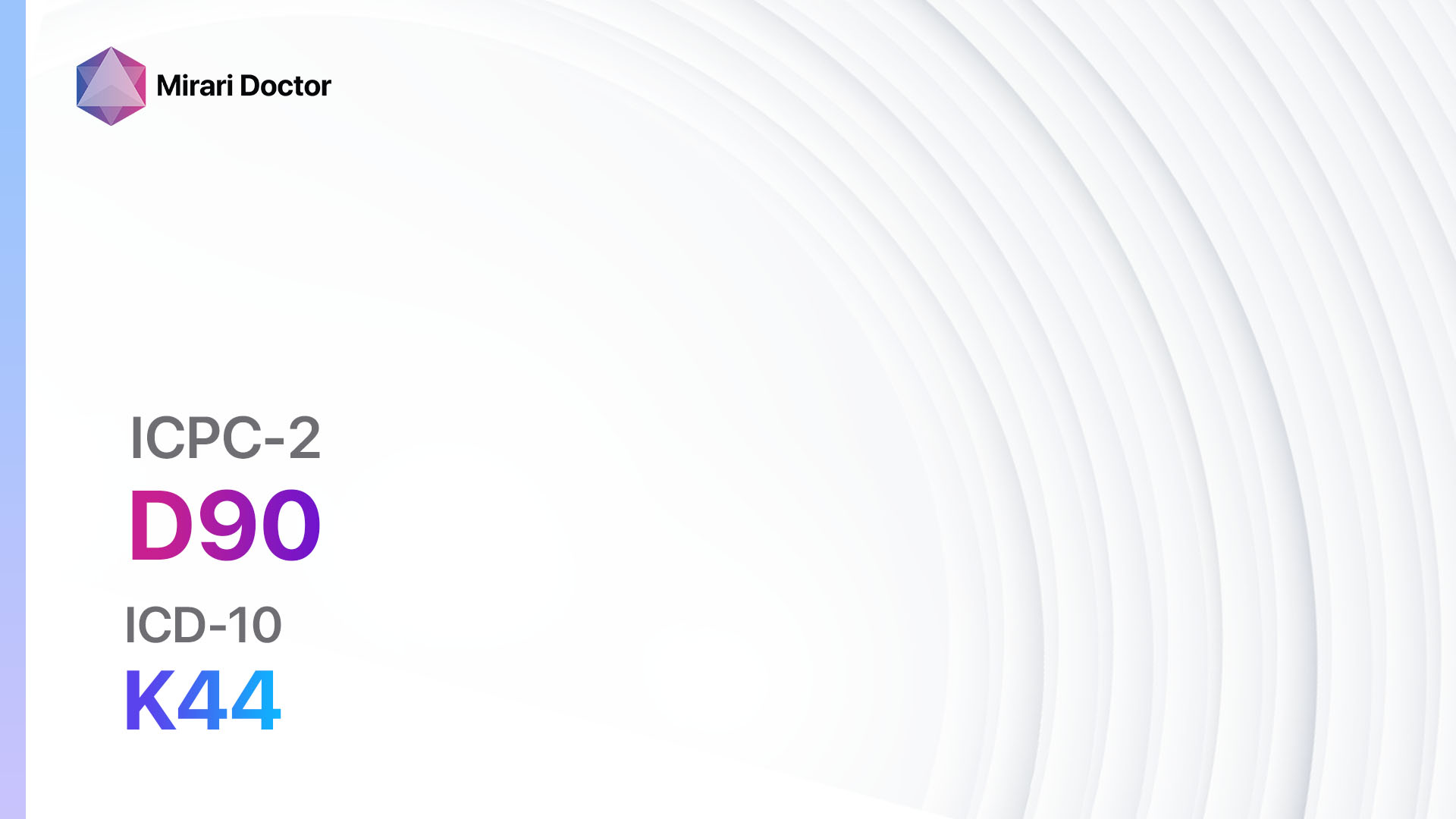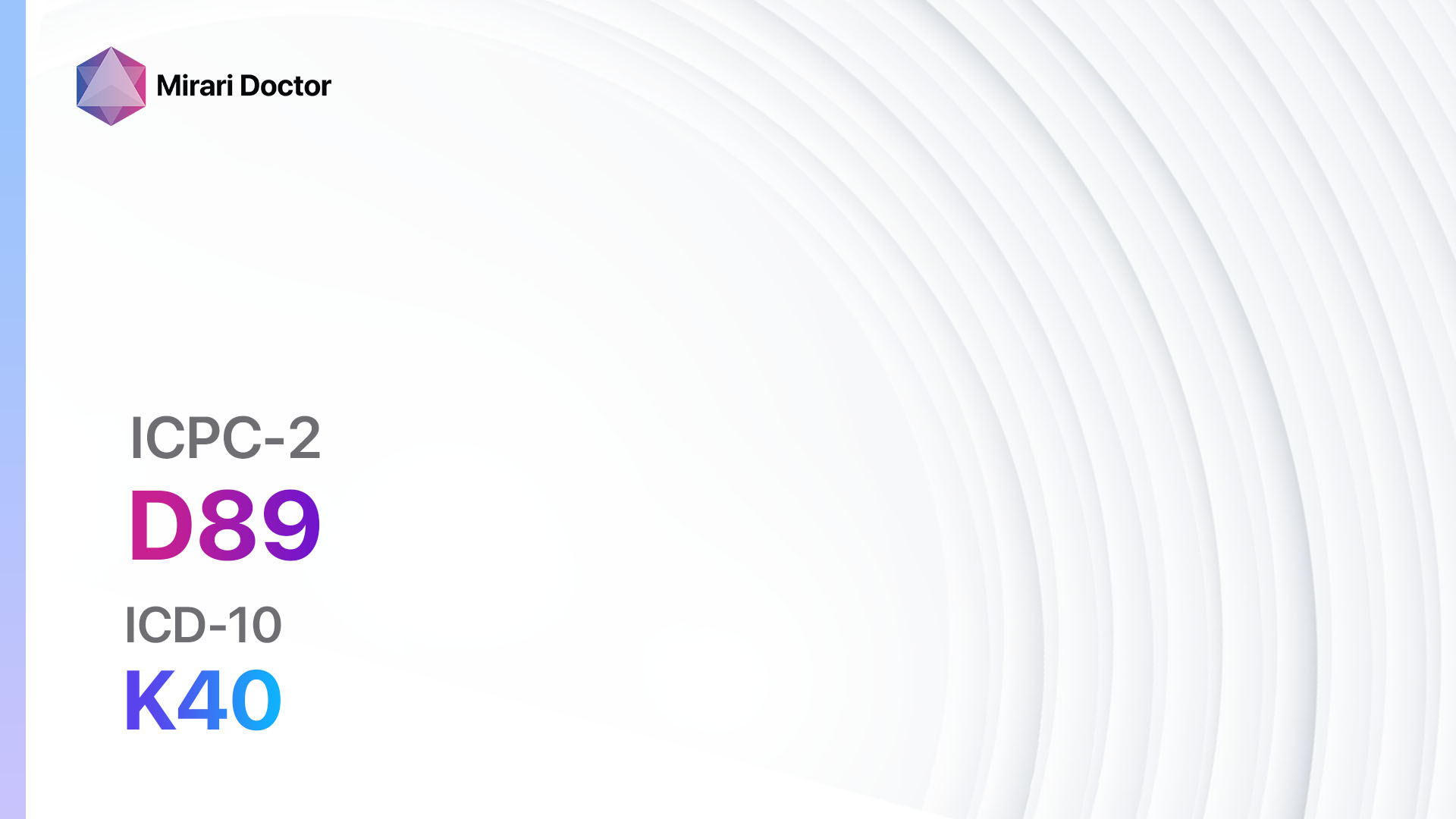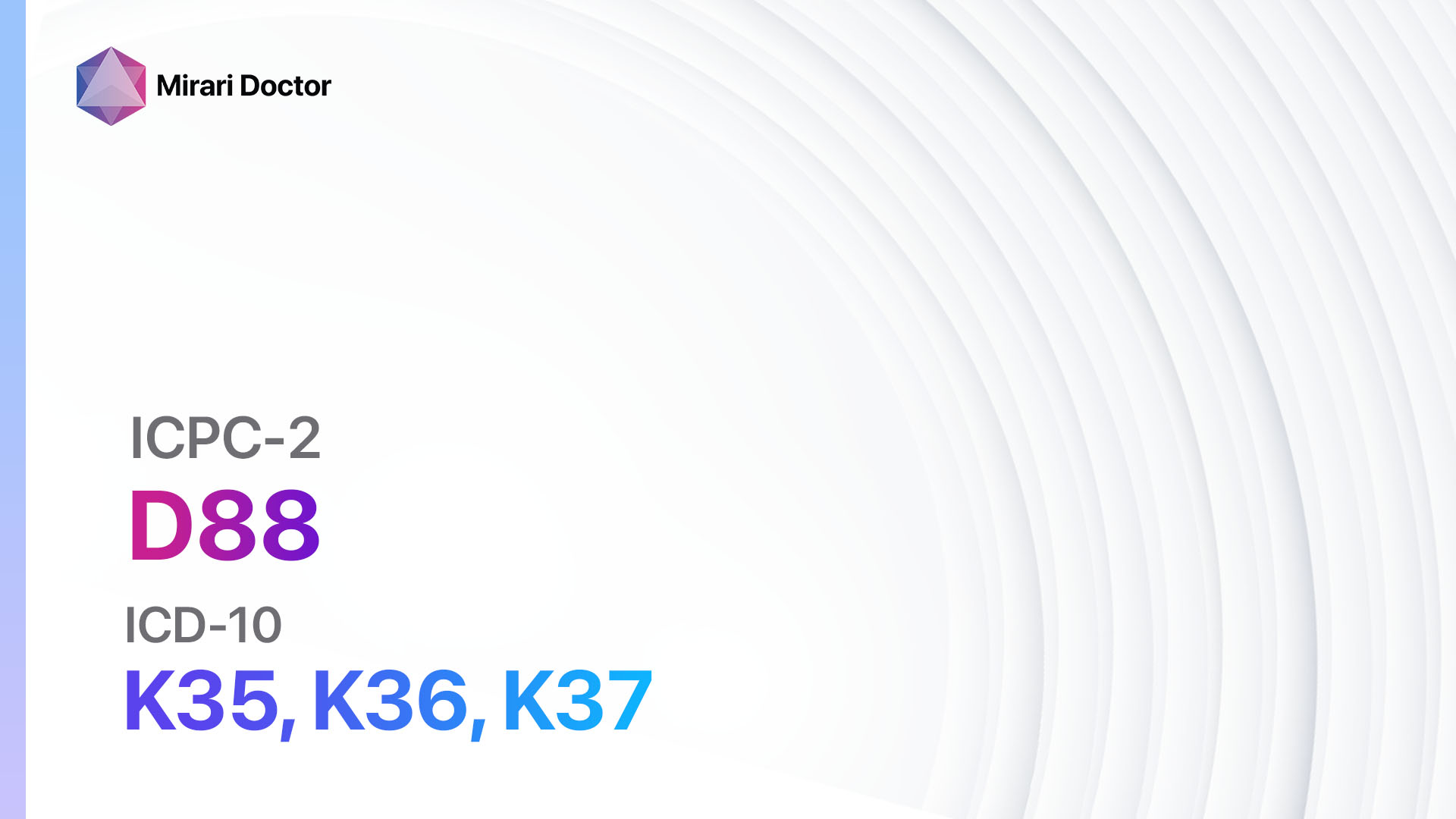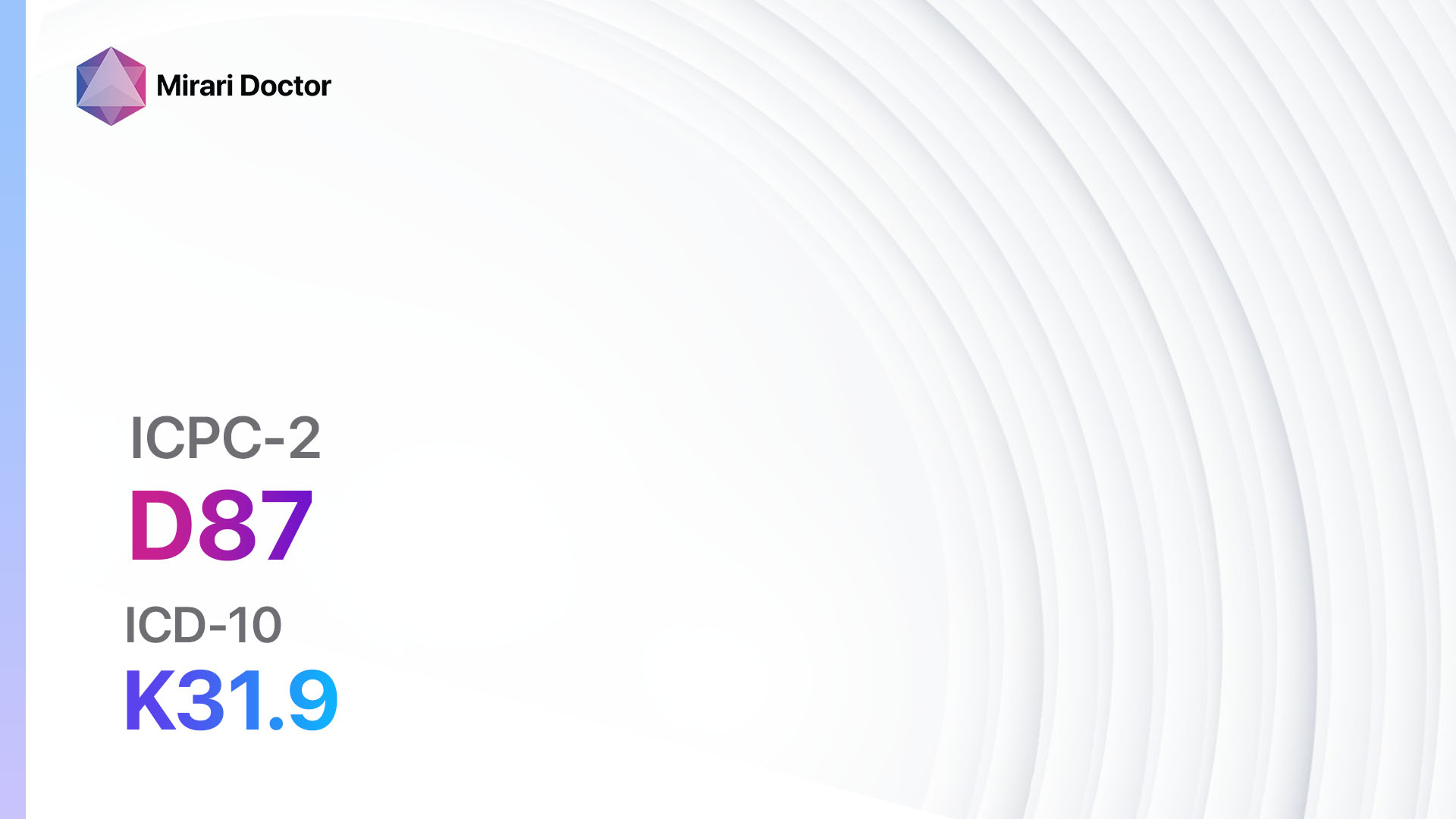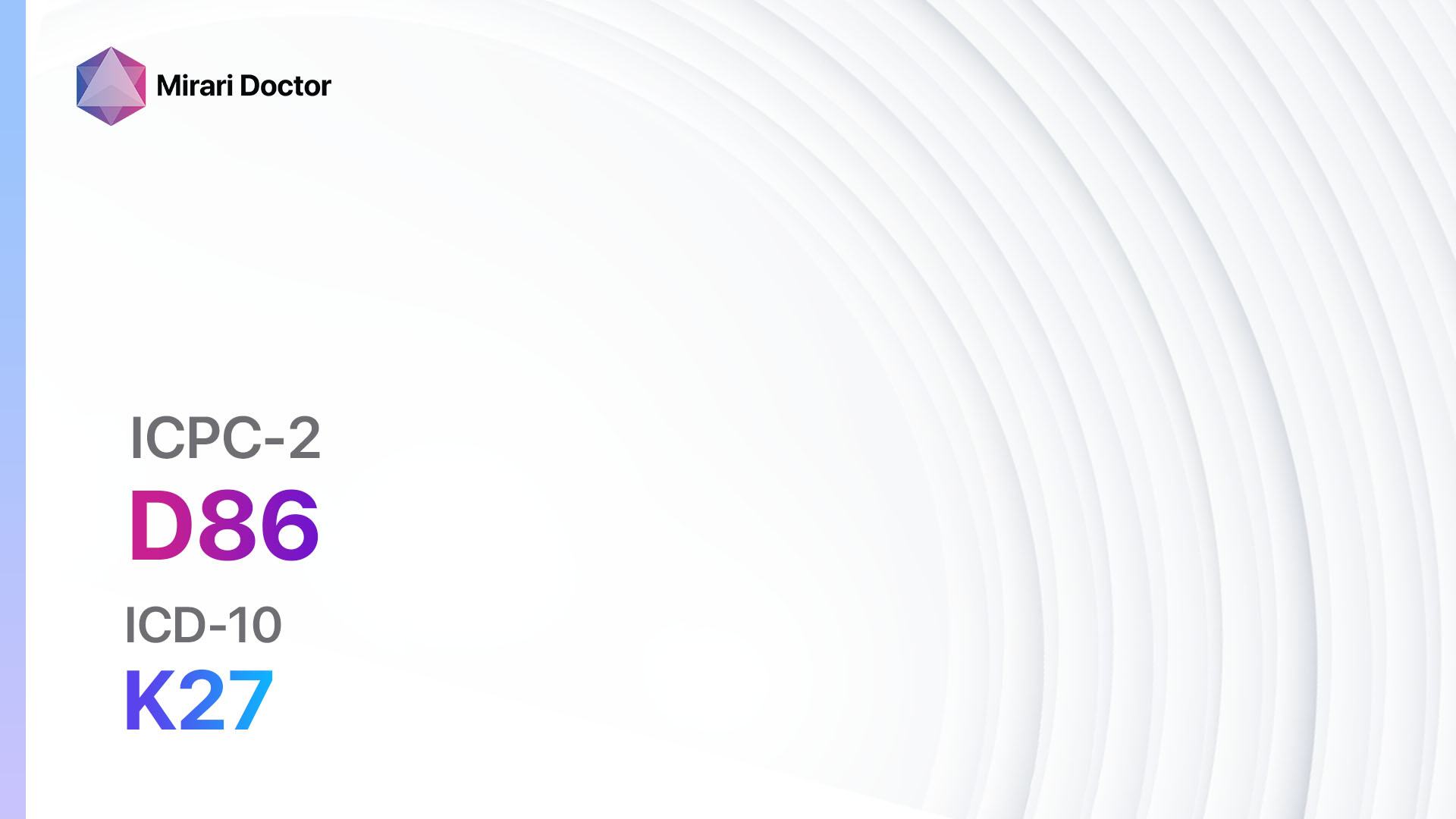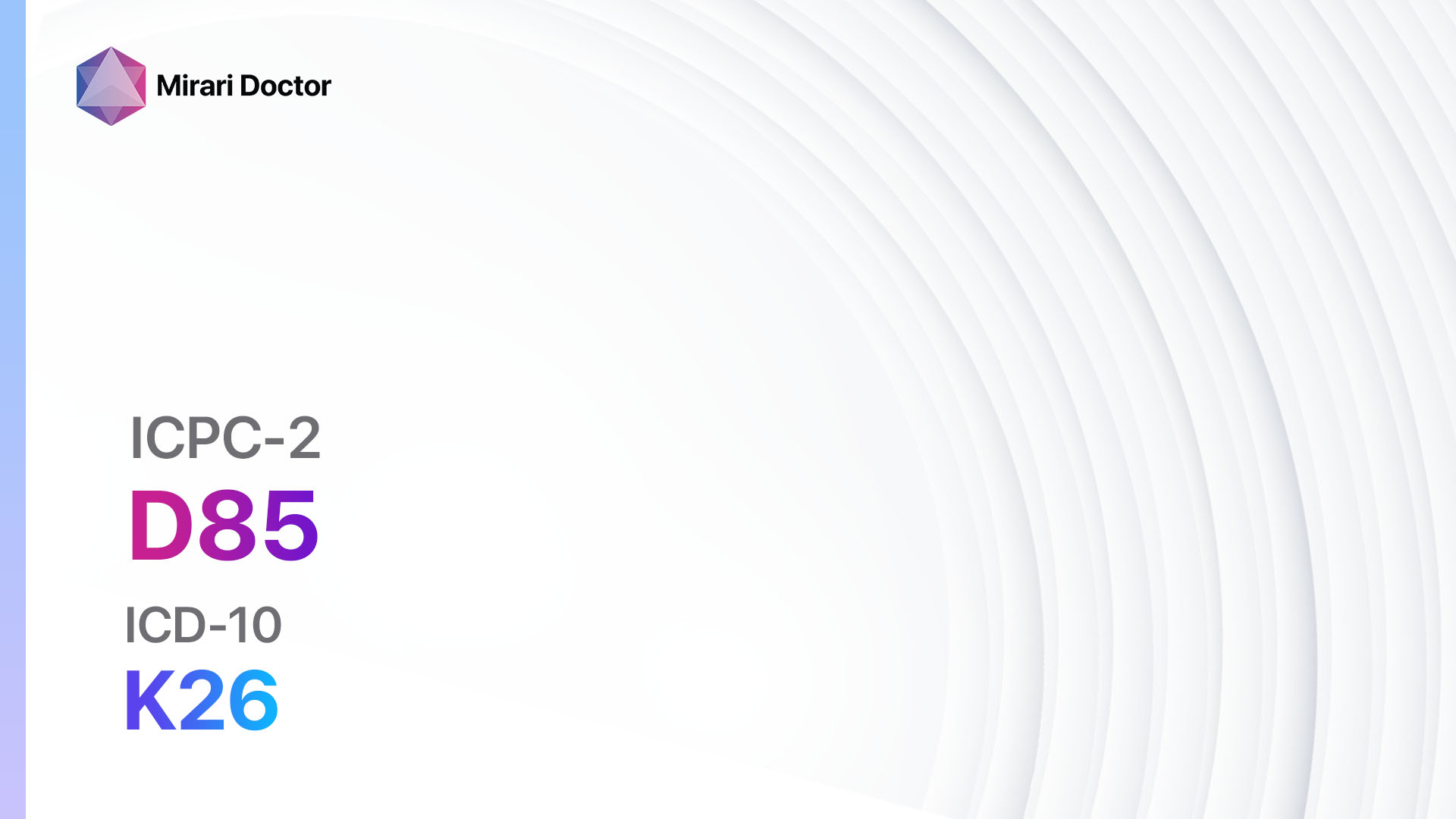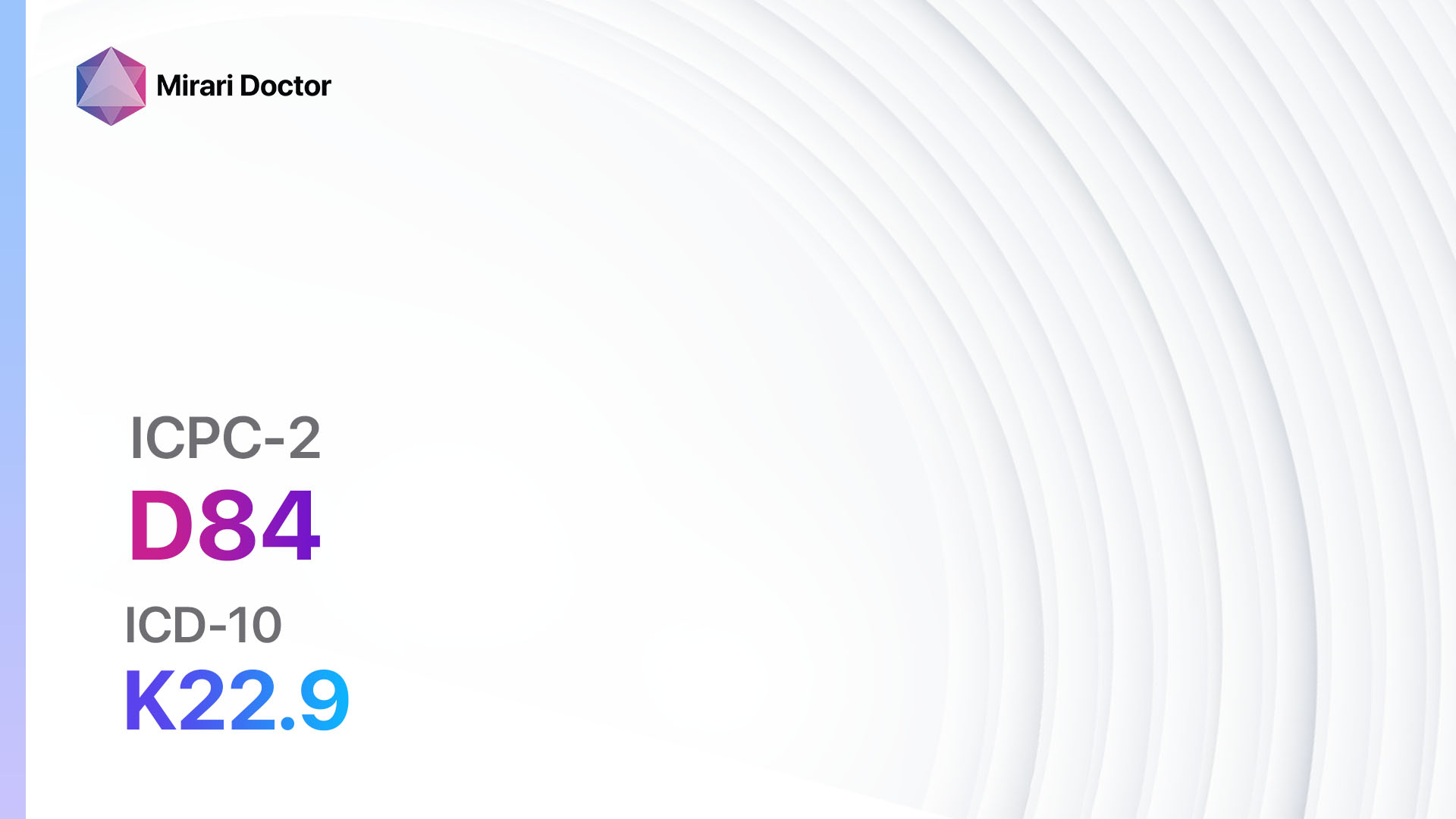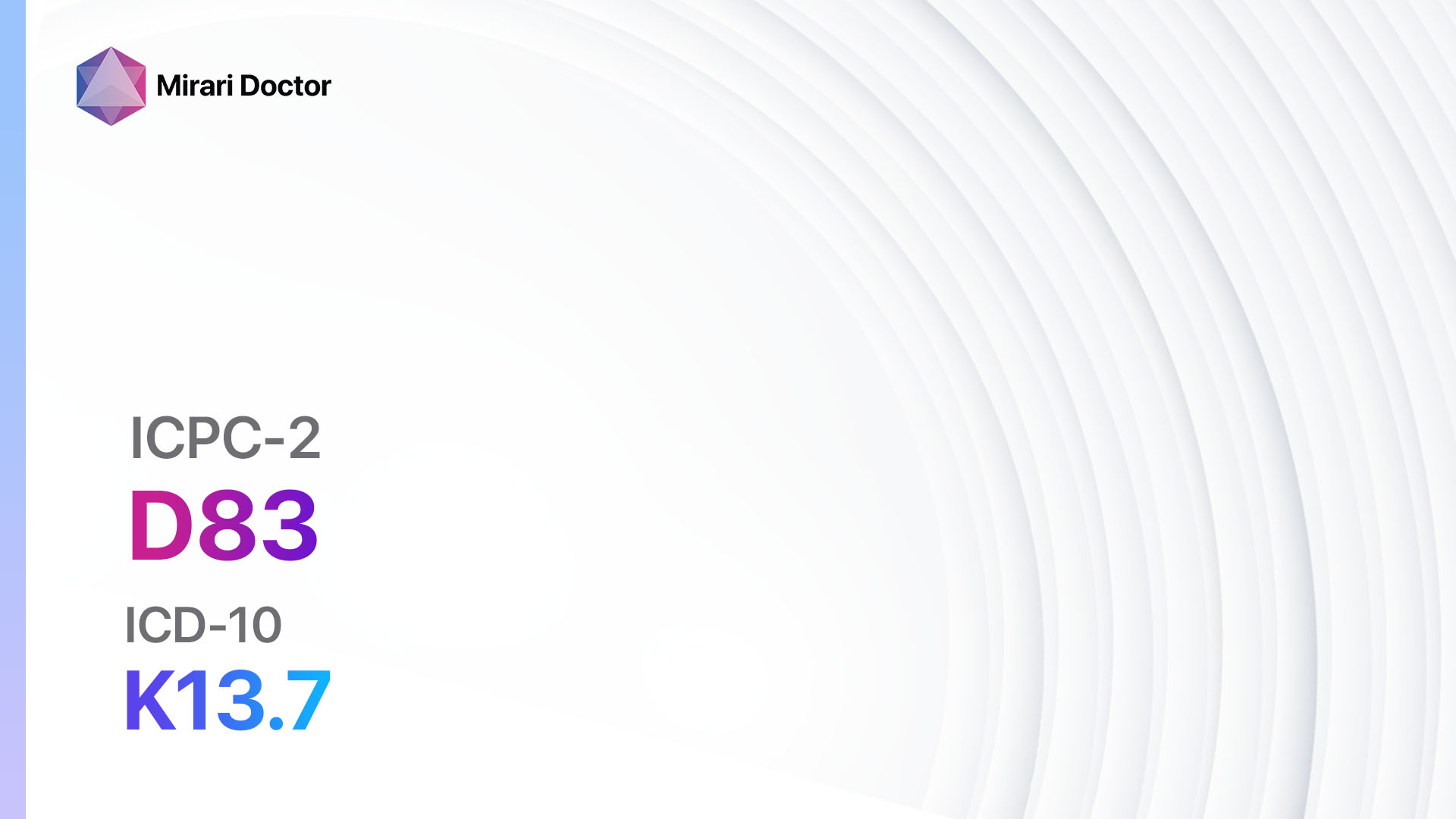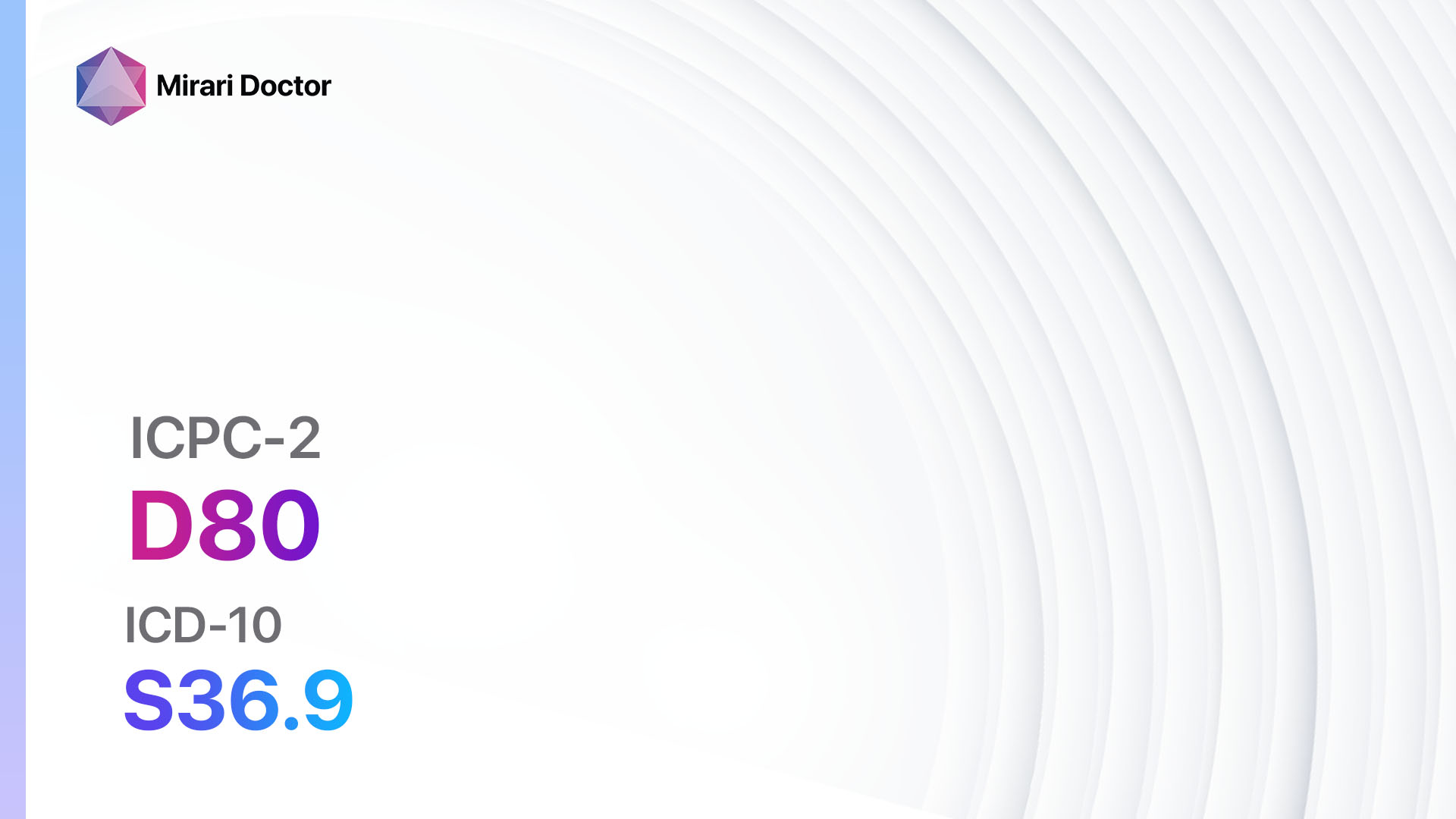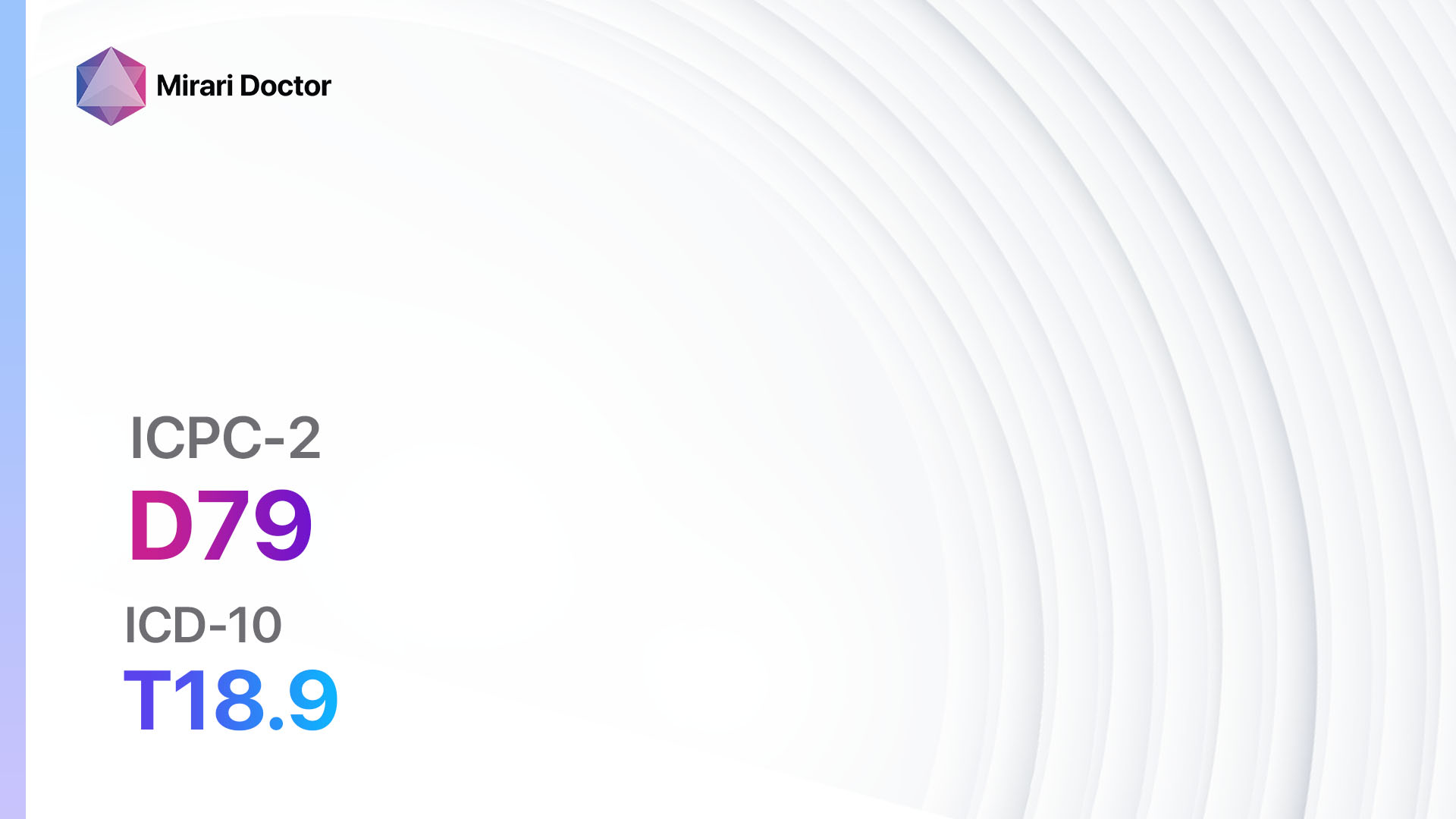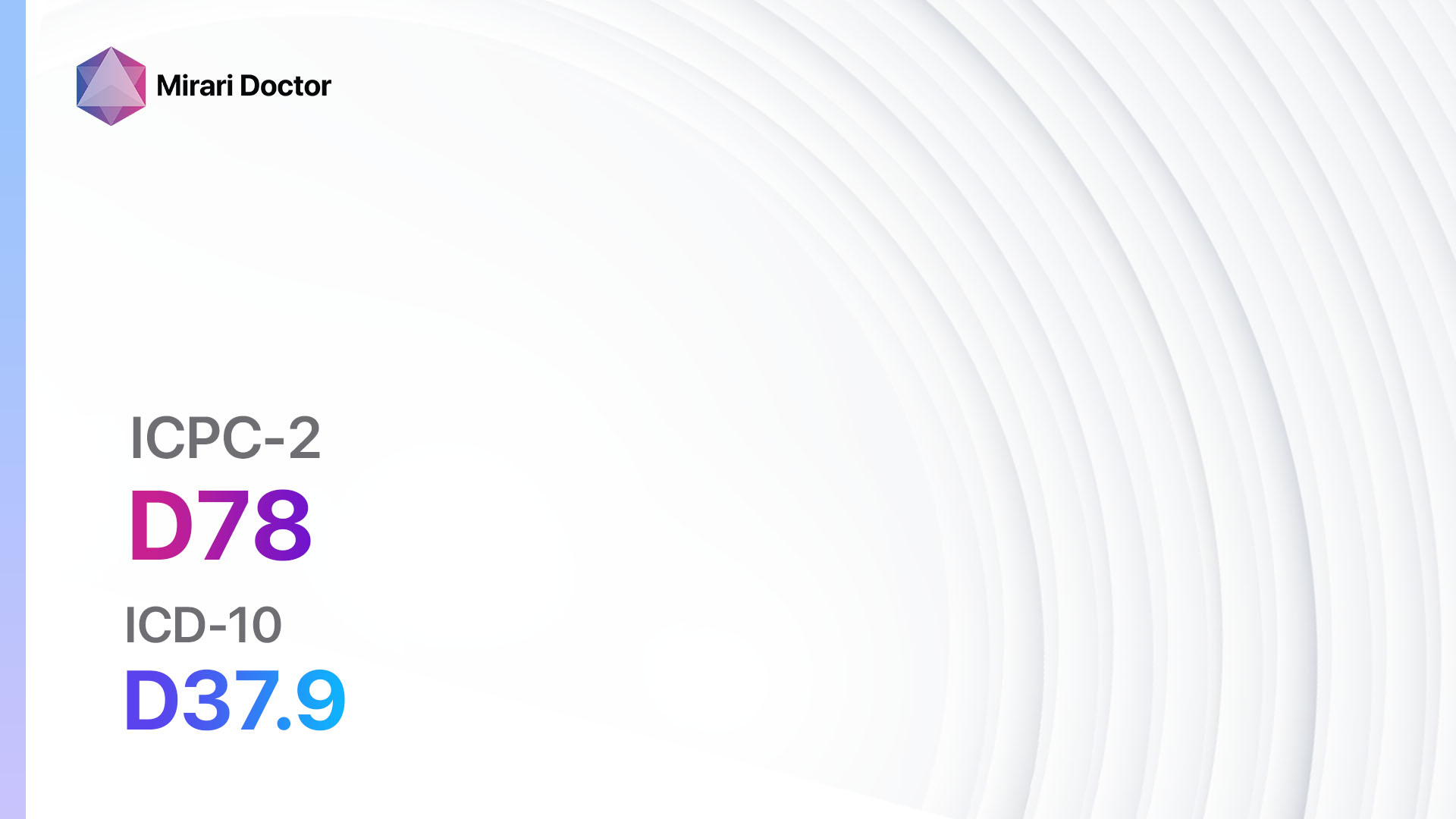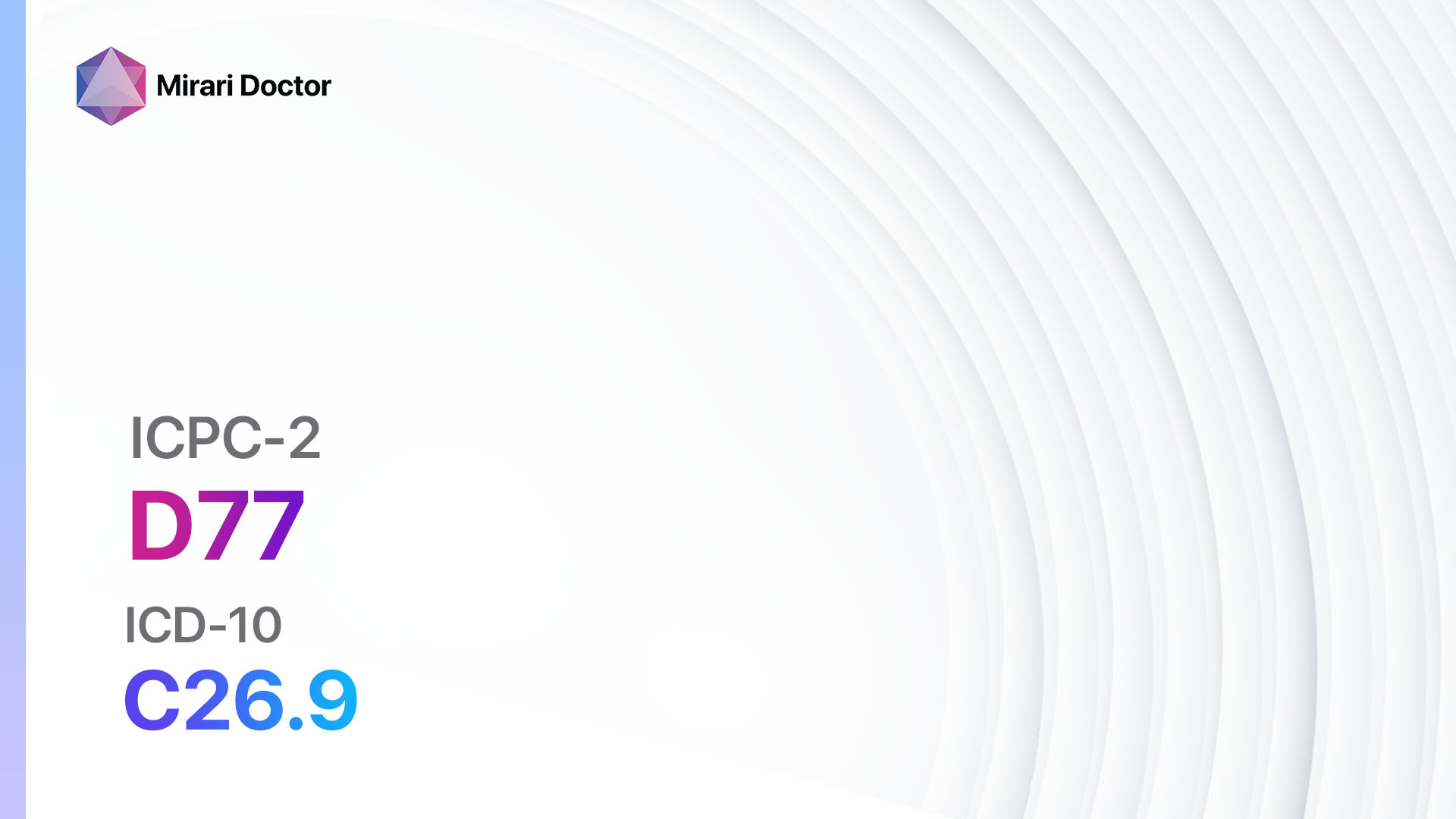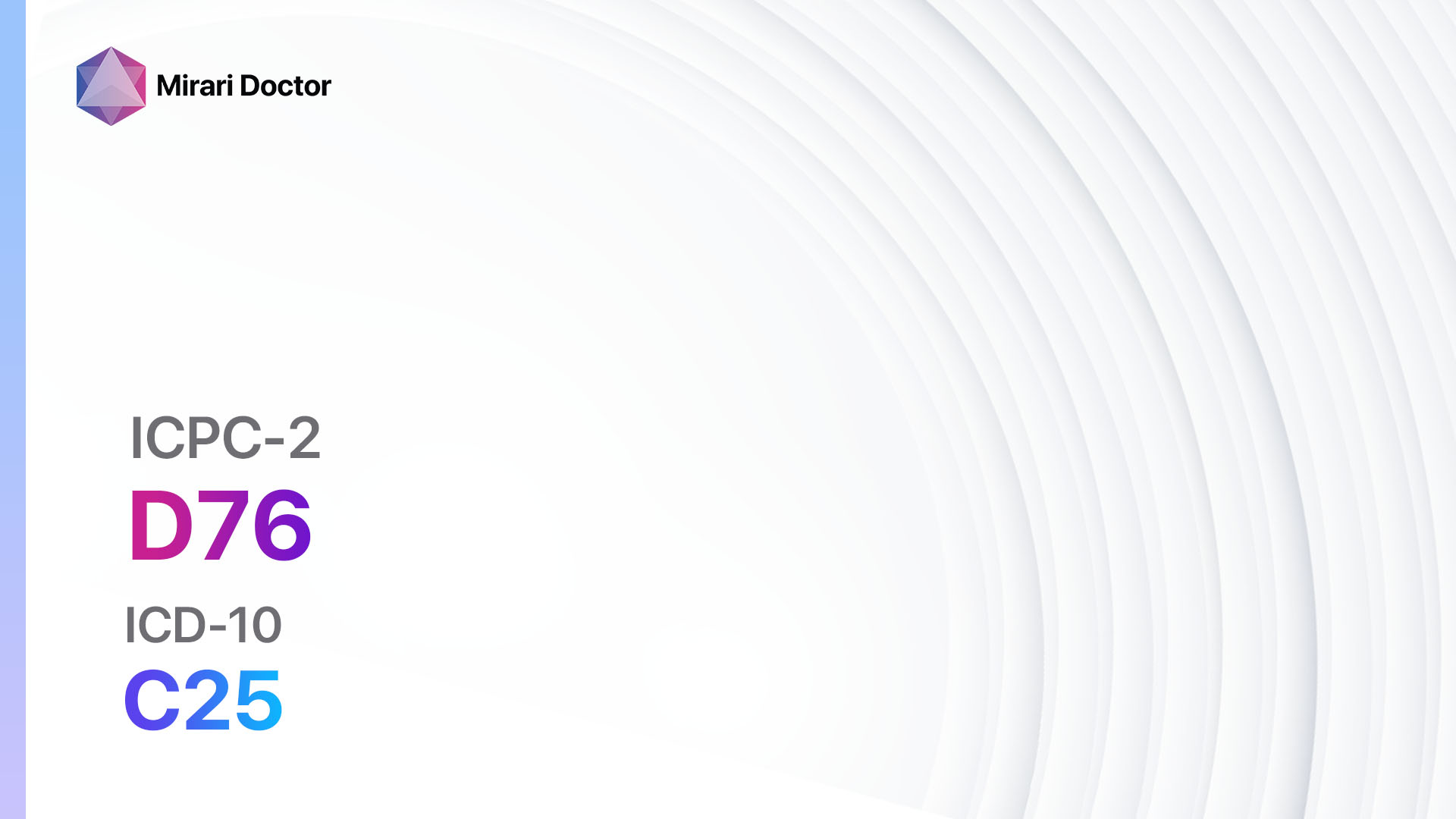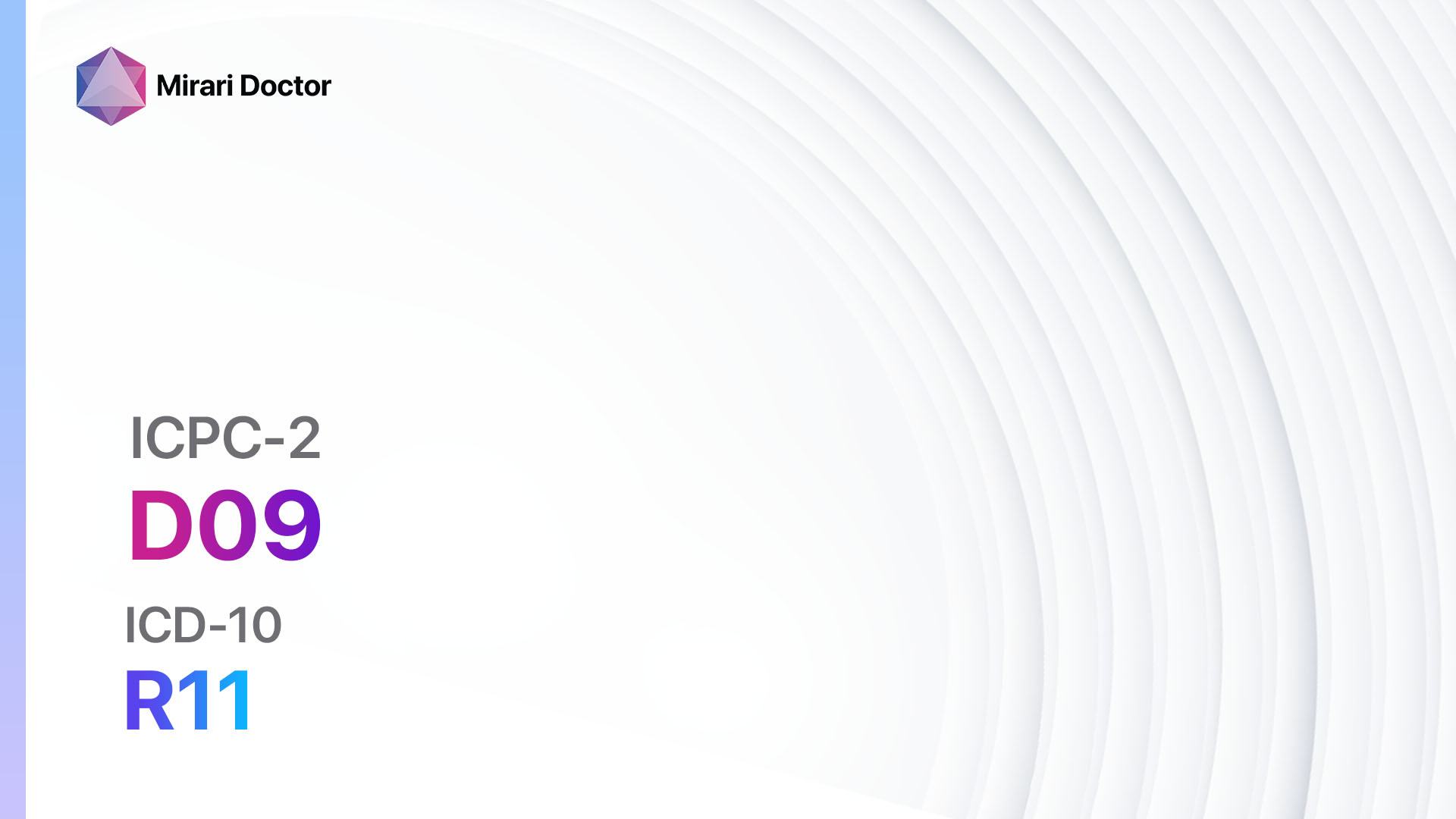
Introduction
Nausea is a common symptom characterized by a feeling of discomfort or unease in the stomach, often accompanied by the urge to vomit[1]. It can be caused by various factors, including gastrointestinal disorders, infections, medications, pregnancy, and psychological factors[2]. This guide aims to provide a comprehensive approach to diagnosing and managing nausea.
Codes
Symptoms
- Nausea: A feeling of discomfort or unease in the stomach[1].
- Vomiting: The act of expelling the contents of the stomach through the mouth[5].
Causes
- Gastrointestinal disorders: Conditions such as gastritis, gastroenteritis, peptic ulcers, and gastroesophageal reflux disease (GERD) can cause nausea[6].
- Infections: Viral or bacterial infections, such as food poisoning or stomach flu, can lead to nausea[7].
- Medications: Certain medications, including chemotherapy drugs, opioids, and antibiotics, can cause nausea as a side effect[8].
- Pregnancy: Nausea and vomiting, commonly known as morning sickness, are common during pregnancy[9].
- Psychological factors: Stress, anxiety, and certain mental health disorders can trigger nausea[10].
Diagnostic Steps
Medical History
- Gather information about the patient’s symptoms, including the frequency, duration, and severity of nausea.
- Ask about any recent changes in diet, medication use, or exposure to potential triggers.
- Inquire about the presence of other symptoms, such as abdominal pain, fever, or changes in bowel movements.
- Assess the patient’s medical history, including any pre-existing gastrointestinal disorders or chronic conditions.
Physical Examination
- Perform a thorough physical examination, including vital signs, abdominal palpation, and assessment of the oral cavity.
- Look for signs of dehydration, such as dry mucous membranes or decreased skin turgor.
- Check for any abdominal tenderness, distension, or abnormal masses.
- Evaluate the patient’s overall appearance, including signs of weight loss or malnutrition.
Laboratory Tests
- Complete blood count (CBC): To assess for signs of infection or anemia.
- Electrolyte panel: To evaluate for electrolyte imbalances, which can occur due to vomiting.
- Liver function tests: To rule out liver dysfunction as a cause of nausea.
- Urinalysis: To check for urinary tract infections or other abnormalities.
- Pregnancy test: To confirm or rule out pregnancy as a cause of nausea.
Diagnostic Imaging
- Abdominal ultrasound: To visualize the abdominal organs and identify any structural abnormalities.
- Upper gastrointestinal (GI) endoscopy: To examine the esophagus, stomach, and duodenum for signs of inflammation or ulcers.
- CT scan or MRI: To obtain detailed images of the abdomen and identify any structural or anatomical abnormalities.
Other Tests
- Helicobacter pylori testing: To check for the presence of H. pylori bacteria, which can cause gastritis and ulcers.
- Gastric emptying study: To assess the rate at which the stomach empties its contents, which can help diagnose gastroparesis.
- Psychological evaluation: If psychological factors are suspected, a referral to a mental health professional may be necessary.
Follow-up and Patient Education
- Schedule a follow-up appointment to monitor the patient’s progress and adjust the treatment plan if needed.
- Provide education on lifestyle modifications, such as dietary changes and stress management techniques.
- Discuss the importance of medication adherence and potential side effects.
- Encourage the patient to seek medical attention if symptoms worsen or new symptoms develop.
Possible Interventions
Traditional Interventions
Medications:
Top 5 drugs for Nausea:
- Ondansetron:
- Cost: $10-$50 for a 30-day supply.
- Contraindications: Hypersensitivity to ondansetron.
- Side effects: Headache, constipation, dizziness.
- Severe side effects: QT prolongation, serotonin syndrome.
- Drug interactions: Apomorphine, tramadol, selective serotonin reuptake inhibitors (SSRIs).
- Warning: Use caution in patients with a history of cardiac arrhythmias.
- Metoclopramide:
- Cost: $10-$30 for a 30-day supply.
- Contraindications: Gastrointestinal obstruction, pheochromocytoma.
- Side effects: Restlessness, drowsiness, diarrhea.
- Severe side effects: Tardive dyskinesia, neuroleptic malignant syndrome.
- Drug interactions: Levodopa, anticholinergic drugs.
- Warning: Long-term use may increase the risk of tardive dyskinesia.
- Promethazine:
- Cost: $10-$30 for a 30-day supply.
- Contraindications: Children under 2 years old, respiratory depression.
- Side effects: Drowsiness, dry mouth, blurred vision.
- Severe side effects: Respiratory depression, neuroleptic malignant syndrome.
- Drug interactions: CNS depressants, anticholinergic drugs.
- Warning: Use caution in patients with asthma or other respiratory conditions.
- Dimenhydrinate:
- Cost: $5-$15 for a 30-day supply.
- Contraindications: Glaucoma, urinary retention.
- Side effects: Drowsiness, dry mouth, blurred vision.
- Severe side effects: Seizures, arrhythmias.
- Drug interactions: CNS depressants, anticholinergic drugs.
- Warning: May cause drowsiness, avoid driving or operating machinery.
- Prochlorperazine:
- Cost: $10-$30 for a 30-day supply.
- Contraindications: Coma, severe central nervous system depression.
- Side effects: Drowsiness, dry mouth, constipation.
- Severe side effects: Neuroleptic malignant syndrome, agranulocytosis.
- Drug interactions: CNS depressants, anticholinergic drugs.
- Warning: Use caution in elderly patients due to increased risk of side effects.
Alternative Drugs:
- Ginger (Zingiber officinale): A natural remedy that may help alleviate nausea. Cost: $5-$10 for a 30-day supply.
- Peppermint oil (Mentha piperita): Can be used to relieve nausea and improve digestion. Cost: $10-$20 for a 30-day supply.
- Acupressure wristbands: These wristbands apply pressure to specific points on the wrist to relieve nausea. Cost: $10-$20 per pair.
- Vitamin B6 (Pyridoxine): May help reduce nausea, particularly in pregnant women. Cost: $5-$10 for a 30-day supply.
- Hydroxyzine: An antihistamine that can be used to treat nausea and anxiety. Cost: $10-$30 for a 30-day supply.
Surgical Procedures
In cases where nausea is caused by an underlying condition that requires surgical intervention, the following procedures may be considered:
- Gastrectomy: Surgical removal of all or part of the stomach.
- Cholecystectomy: Surgical removal of the gallbladder.
- Appendectomy: Surgical removal of the appendix.
- Hysterectomy: Surgical removal of the uterus.
- Bariatric surgery: Various surgical procedures to promote weight loss.
Alternative Interventions
- Acupuncture: May help alleviate nausea by stimulating specific points on the body. Cost: $60-$120 per session.
- Aromatherapy: The use of essential oils, such as peppermint or ginger, to relieve nausea. Cost: $10-$30 for essential oils.
- Hypnotherapy: A therapeutic technique that uses hypnosis to address the underlying causes of nausea. Cost: $100-$200 per session.
- Mind-body techniques: Practices such as meditation, deep breathing, and guided imagery can help reduce nausea. Cost: Varies depending on the specific technique.
- Herbal supplements: Certain herbs, such as chamomile or lemon balm, may have anti-nausea properties. Cost: Varies depending on the specific supplement.
Lifestyle Interventions
- Dietary modifications: Avoiding spicy or greasy foods, eating smaller, more frequent meals, and staying hydrated can help reduce nausea. Cost: Varies depending on food choices.
- Stress management: Engaging in relaxation techniques, such as yoga or meditation, can help alleviate nausea caused by stress. Cost: Varies depending on the specific technique.
- Gentle exercise: Engaging in low-impact activities, such as walking or swimming, can help improve digestion and reduce nausea. Cost: Varies depending on the chosen activity.
- Avoiding triggers: Identifying and avoiding triggers, such as certain smells or environments, can help prevent nausea. Cost: None.
- Sleep hygiene: Ensuring an adequate amount of sleep and practicing good sleep habits can help reduce nausea caused by fatigue. Cost: None.
It is important to note that the cost ranges provided are approximate and may vary depending on the location and availability of the interventions.
Mirari Cold Plasma Alternative Intervention
Understanding Mirari Cold Plasma
- Safe and Non-Invasive Treatment: Mirari Cold Plasma is a safe and non-invasive treatment option for various skin conditions. It does not require incisions, minimizing the risk of scarring, bleeding, or tissue damage.
- Efficient Extraction of Foreign Bodies: Mirari Cold Plasma facilitates the removal of foreign bodies from the skin by degrading and dissociating organic matter, allowing easier access and extraction.
- Pain Reduction and Comfort: Mirari Cold Plasma has a local analgesic effect, providing pain relief during the treatment, making it more comfortable for the patient.
- Reduced Risk of Infection: Mirari Cold Plasma has antimicrobial properties, effectively killing bacteria and reducing the risk of infection.
- Accelerated Healing and Minimal Scarring: Mirari Cold Plasma stimulates wound healing and tissue regeneration, reducing healing time and minimizing the formation of scars.
Mirari Cold Plasma Prescription
Video instructions for using Mirari Cold Plasma Device – D09 Nausea (ICD-10:R11)
| Mild | Moderate | Severe |
| Mode setting: 1 (Infection) Location: 3 (Kidney, Liver & Spleen) Morning: 15 minutes, Evening: 15 minutes | Mode setting: 1 (Infection) Location: 3 (Kidney, Liver & Spleen) Morning: 30 minutes, Lunch: 30 minutes, Evening: 30 minutes | Mode setting: 1 (Infection) Location: 3 (Kidney, Liver & Spleen) Morning: 30 minutes, Lunch: 30 minutes, Evening: 30 minutes |
| Mode setting: 2 (Wound Healing) Location: 3 (Kidney, Liver & Spleen) Morning: 15 minutes, Evening: 15 minutes | Mode setting: 2 (Wound Healing) Location: 3 (Kidney, Liver & Spleen) Morning: 30 minutes, Lunch: 30 minutes, Evening: 30 minutes | Mode setting: 2 (Wound Healing) Location: 3 (Kidney, Liver & Spleen) Morning: 30 minutes, Lunch: 30 minutes, Evening: 30 minutes |
| Mode setting: 7 (Immunotherapy) Location: 1 (Sacrum) Morning: 15 minutes, Evening: 15 minutes | Mode setting: 7 (Immunotherapy) Location: 1 (Sacrum) Morning: 30 minutes, Lunch: 30 minutes, Evening: 30 minutes | Mode setting: 7 (Immunotherapy) Location: 1 (Sacrum) Morning: 30 minutes, Lunch: 30 minutes, Evening: 30 minutes |
| Total Morning: 45 minutes approx. $7.50 USD, Evening: 45 minutes approx. $7.50 USD | Total Morning: 90 minutes approx. $15 USD, Lunch: 90 minutes approx. $15 USD, Evening: 90 minutes approx. $15 USD, | Total Morning: 90 minutes approx. $15 USD, Lunch: 90 minutes approx. $15 USD, Evening: 90 minutes approx. $15 USD, |
| Usual treatment for 7-60 days approx. $105 USD – $900 USD | Usual treatment for 6-8 weeks approx. $1,890USD – $2,520 USD | Usual treatment for 3-6 months approx. $4,050 USD – $8,100 USD |
 |
|
Use the Mirari Cold Plasma device to treat Nausea effectively.
WARNING: MIRARI COLD PLASMA IS DESIGNED FOR THE HUMAN BODY WITHOUT ANY ARTIFICIAL OR THIRD PARTY PRODUCTS. USE OF OTHER PRODUCTS IN COMBINATION WITH MIRARI COLD PLASMA MAY CAUSE UNPREDICTABLE EFFECTS, HARM OR INJURY. PLEASE CONSULT A MEDICAL PROFESSIONAL BEFORE COMBINING ANY OTHER PRODUCTS WITH USE OF MIRARI.
Step 1: Cleanse the Skin
- Start by cleaning the affected area of the skin with a gentle cleanser or mild soap and water. Gently pat the area dry with a clean towel.
Step 2: Prepare the Mirari Cold Plasma device
- Ensure that the Mirari Cold Plasma device is fully charged or has fresh batteries as per the manufacturer’s instructions. Make sure the device is clean and in good working condition.
- Switch on the Mirari device using the power button or by following the specific instructions provided with the device.
- Some Mirari devices may have adjustable settings for intensity or treatment duration. Follow the manufacturer’s instructions to select the appropriate settings based on your needs and the recommended guidelines.
Step 3: Apply the Device
- Place the Mirari device in direct contact with the affected area of the skin. Gently glide or hold the device over the skin surface, ensuring even coverage of the area experiencing.
- Slowly move the Mirari device in a circular motion or follow a specific pattern as indicated in the user manual. This helps ensure thorough treatment coverage.
Step 4: Monitor and Assess:
- Keep track of your progress and evaluate the effectiveness of the Mirari device in managing your Nausea. If you have any concerns or notice any adverse reactions, consult with your health care professional.
Note
This guide is for informational purposes only and should not replace the advice of a medical professional. Always consult with your healthcare provider or a qualified medical professional for personal advice, diagnosis, or treatment. Do not solely rely on the information presented here for decisions about your health. Use of this information is at your own risk. The authors of this guide, nor any associated entities or platforms, are not responsible for any potential adverse effects or outcomes based on the content.
Mirari Cold Plasma System Disclaimer
- Purpose: The Mirari Cold Plasma System is a Class 2 medical device designed for use by trained healthcare professionals. It is registered for use in Thailand and Vietnam. It is not intended for use outside of these locations.
- Informational Use: The content and information provided with the device are for educational and informational purposes only. They are not a substitute for professional medical advice or care.
- Variable Outcomes: While the device is approved for specific uses, individual outcomes can differ. We do not assert or guarantee specific medical outcomes.
- Consultation: Prior to utilizing the device or making decisions based on its content, it is essential to consult with a Certified Mirari Tele-Therapist and your medical healthcare provider regarding specific protocols.
- Liability: By using this device, users are acknowledging and accepting all potential risks. Neither the manufacturer nor the distributor will be held accountable for any adverse reactions, injuries, or damages stemming from its use.
- Geographical Availability: This device has received approval for designated purposes by the Thai and Vietnam FDA. As of now, outside of Thailand and Vietnam, the Mirari Cold Plasma System is not available for purchase or use.
References
- Malagelada, J. R., Malagelada, C., & Azpiroz, F. (2019). Nausea and Vomiting. In Sleisenger and Fordtran’s Gastrointestinal and Liver Disease (pp. 183-196). WB Saunders.
- Koch, K. L. (2014). Approach to the patient with nausea and vomiting. In Yamada’s Textbook of Gastroenterology (pp. 671-686). John Wiley & Sons, Ltd.
- WONCA International Classification Committee. (1998). ICPC-2: International classification of primary care. Oxford University Press, USA.
- World Health Organization. (2019). International statistical classification of diseases and related health problems (11th ed.).
- Quigley, E. M., Hasler, W. L., & Parkman, H. P. (2001). AGA technical review on nausea and vomiting. Gastroenterology, 120(1), 263-286.
- Tack, J., Talley, N. J., Camilleri, M., Holtmann, G., Hu, P., Malagelada, J. R., & Stanghellini, V. (2006). Functional gastroduodenal disorders. Gastroenterology, 130(5), 1466-1479.
- Chow, C. M., Leung, A. K., & Hon, K. L. (2010). Acute gastroenteritis: from guidelines to real life. Clinical and experimental gastroenterology, 3, 97.
- Janelsins, M. C., Tejani, M. A., Kamen, C., Peoples, A. R., Mustian, K. M., & Morrow, G. R. (2013). Current pharmacotherapy for chemotherapy-induced nausea and vomiting in cancer patients. Expert opinion on pharmacotherapy, 14(6), 757-766.
- Lee, N. M., & Saha, S. (2011). Nausea and vomiting of pregnancy. Gastroenterology clinics of North America, 40(2), 309-334.
- Haug, T. T., Mykletun, A., & Dahl, A. A. (2002). The prevalence of nausea in the community: psychological, social and somatic factors. General hospital psychiatry, 24(2), 81-86.
Related articles
Made in USA


